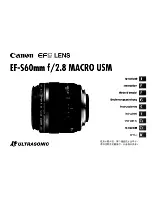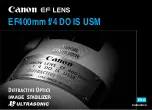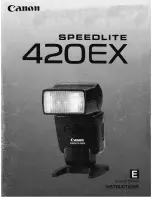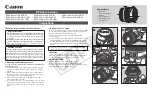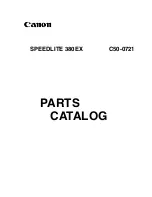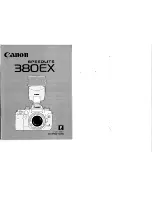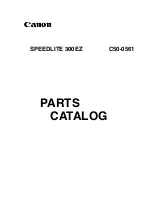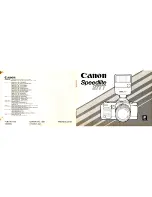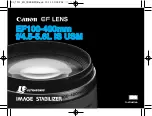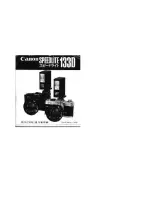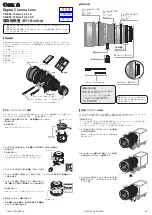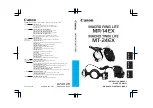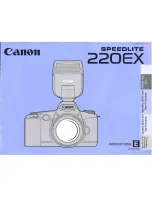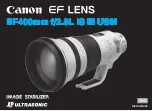
Triggering and timings
140
Alvium G1 User Guide V1.1.1
Triggering with rolling shutter cameras
This section describes triggering behavior for
Alvium G1-500m/c and G1-2050m/c
cameras with rolling shutter sensor.
triggers exposure and readout for cameras with rolling shutter sensors. Like for
global shutter sensors, readout has a constant duration, acquisition must be active
to enable exposure, the end of exposure starts readout.
ERS sensors run in cycles where
readout area
equals
exposure area
. Overlapping
triggering is not supported. If exposure time is shorter than readout time,
exposure starts with a delay:
Exposure start delay
=
exposure area
– exposure time.
Figure 59: Triggering rolling shutter cameras
No Conditions
Results
1
Exposure time is shorter than readout time.
Trigger 1 starts exposure 1 with a delay
2
Exposure time is shorter than readout time, but
longer
than for exposure 1.
Trigger 2 starts exposure 2 with a delay
shorter
than for exposure 1.
3
Exposure time is longer than readout time
Trigger 3 starts exposure time without a delay.
Because the
exposure area
is longer, also the
readout area
is longer than for triggers 1 and 2
4
Exposure area
is ongoing.
Trigger 4 is ignored.
5
Readout area
is ongoing
Trigger 5 is ignored.
6
Readout area
is finished. Exposure time is
longer than readout time.
Trigger 6 starts exposure 6 without a delay
Table 81: Triggering results versus conditions
TriggerSelector values for rolling shutter cameras
Cameras with rolling shutter
can
be triggered using
AcquistionStart
,
AcquisitionEnd
, or
FrameStart
for
TriggerSelector
.
Cameras with rolling shutter
cannot
be triggered using
ExposureStart
or
ExposureEnd
for
TriggerSelector
.
External signal
Sensor state
1
2
3
džƉŽƐƵƌĞĐƟǀĞ
ZĞĂĚŽƵƚĐƟǀĞ
4
5
6
1
1
2
2
3
3
Readout area
Exposure area
Delay
П
Delay
П
Idle
Readout area
Exposure area
Readout area
Exposure area
П
Exposure start delay































